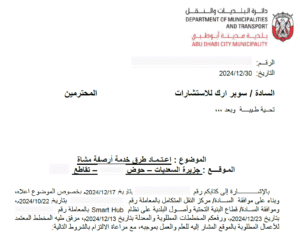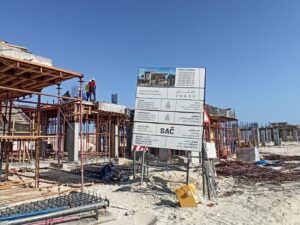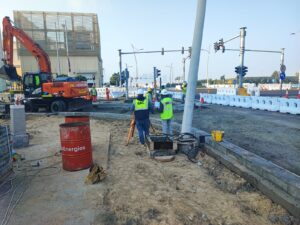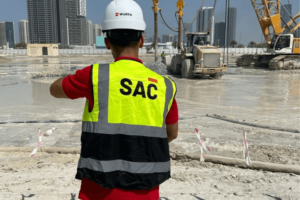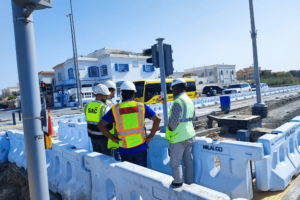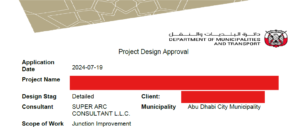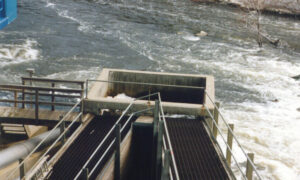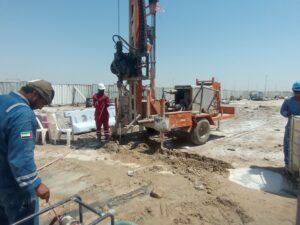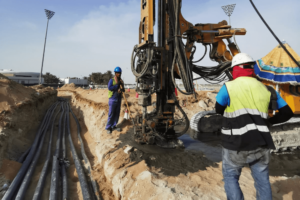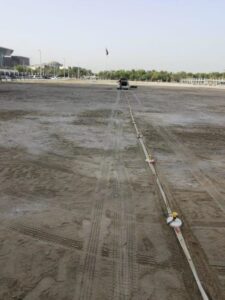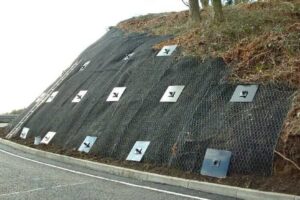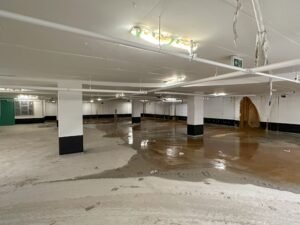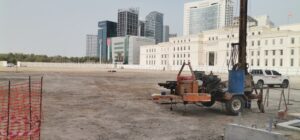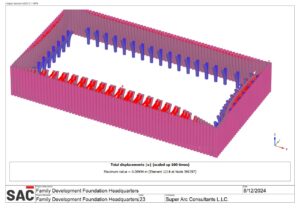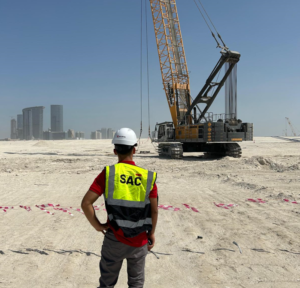Geotechnical engineering solutions
Foundation construction stands as the bedrock of infrastructure development, quite literally. Yet, beneath the surface lies a complex interplay of factors that can pose formidable challenges to even the most seasoned engineers. In this blog, we delve into the common hurdles faced during foundation construction, with a spotlight on soil chemical hazards, groundwater management, and site access restrictions.
Soil Chemical Hazards:
The soil beneath our feet can harbor a myriad of chemical hazards, ranging from contaminants left by previous land use to naturally occurring substances that can compromise the integrity of a foundation. Hydrocarbons, heavy metals, and industrial chemicals are just a few examples of soil pollutants that can pose risks to both construction workers and the environment.
Addressing soil chemical hazards begins with thorough site investigations to identify potential contaminants and assess their impact on construction activities. Remediation techniques such as soil washing, vapor extraction, and in-situ stabilization may be employed to mitigate risks and ensure a safe working environment. Collaboration with environmental engineers and regulatory agencies is essential to navigate the complexities of soil contamination and comply with relevant regulations.
Groundwater Management:
Groundwater presents both a valuable resource and a significant challenge during foundation construction. High water tables can impede excavation efforts, increase soil instability, and compromise the integrity of foundations. Conversely, dewatering activities aimed at lowering groundwater levels can trigger environmental concerns and regulatory scrutiny.
Effective groundwater management requires a multifaceted approach that balances the needs of construction with environmental conservation. Techniques such as wellpoint dewatering, deep wells, and sump pumping are commonly employed to control groundwater levels and facilitate construction activities. However, careful monitoring and mitigation measures are necessary to minimize the potential impacts on local hydrology, ecosystems, and neighboring structures.
Site Access Restrictions:
Accessing construction sites, especially in urban areas or remote locations, can present logistical challenges that hinder project timelines and increase costs. Limited space, congested roadways, and regulatory restrictions can constrain the movement of heavy equipment and materials, posing a significant obstacle to foundation construction.
Creative solutions are often required to overcome site access restrictions and optimize construction efficiency. Prefabrication of foundation components off-site, utilization of modular construction techniques, and coordination with local authorities to secure permits and road closures are some strategies employed to streamline logistics and minimize disruptions. Moreover, embracing emerging technologies such as drones and remote monitoring systems can provide valuable insights and enhance project management capabilities in challenging environments.
Conclusion:
Foundation construction is a complex endeavor fraught with challenges that demand ingenuity, collaboration, and perseverance. By addressing common hurdles such as soil chemical hazards, groundwater management, and site access restrictions, engineers can navigate the complexities of construction projects with confidence and ensure the successful realization of infrastructure that stands the test of time. Through proactive planning, innovative solutions, and a commitment to environmental stewardship, we can overcome the obstacles that lie beneath the surface and pave the way for a more resilient built environment.

